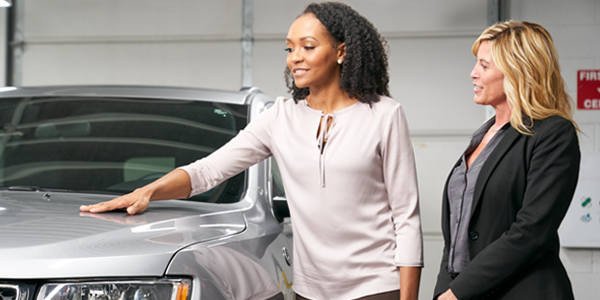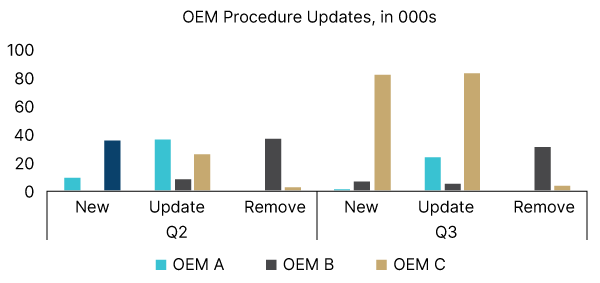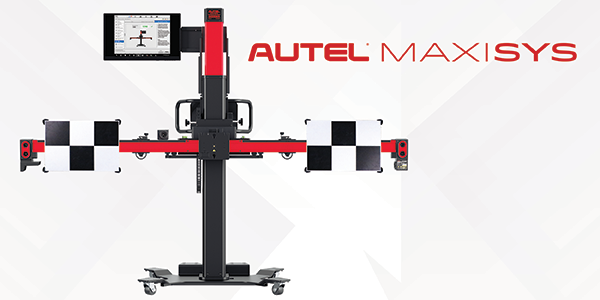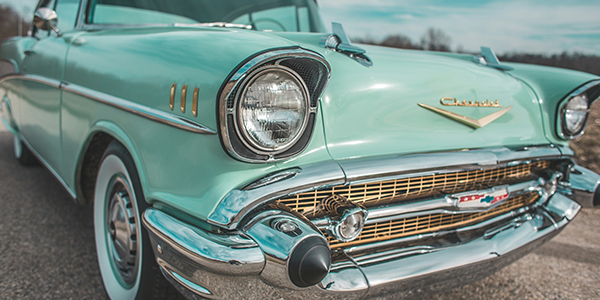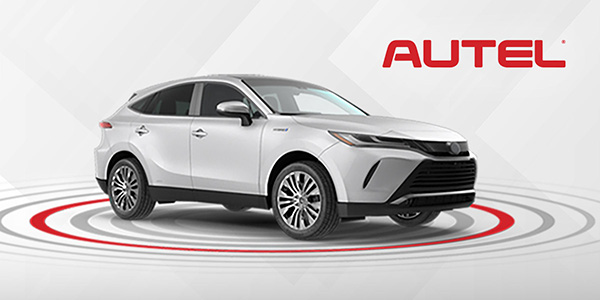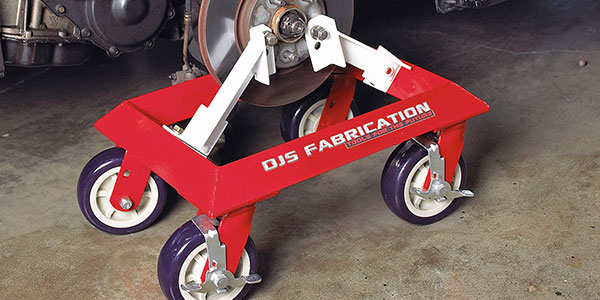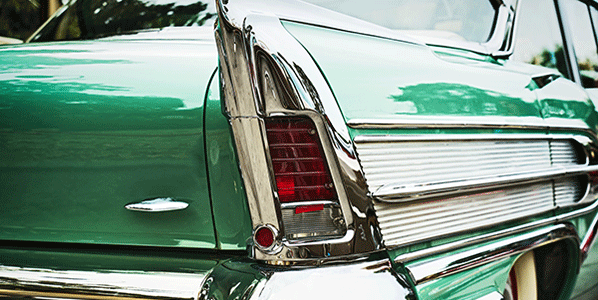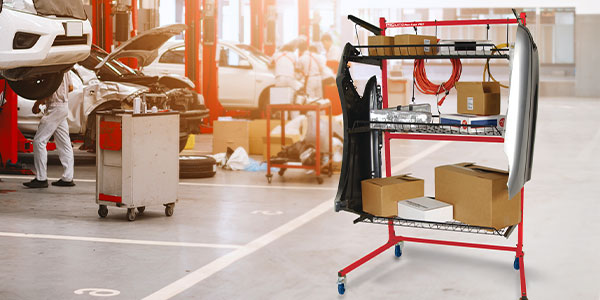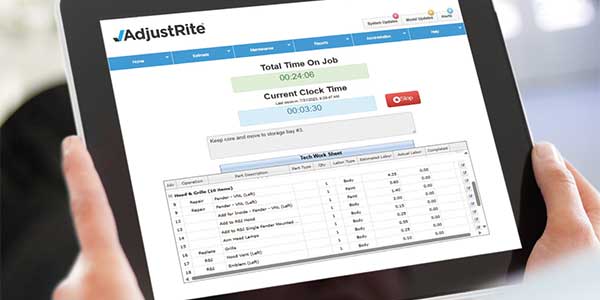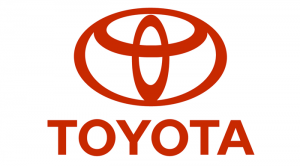Rising above the crowd in today’s highly competitive collision repair market is no easy task. While talent, perseverance and hard work are a must, it also helps to have an edge, or some sort of differentiating factor. For many collision centers, that difference is OEM certification.
An increasing number of collision repair facilities are recognizing the importance of not only the return on investment of certification programs, but also the relationship with the OEM and return on objective. Disruptive technologies such as CASE mobility (Connected/Autonomous/Shared/Electric), Virtual and Augmented Reality, AI and others are becoming more and more complex and are advancing at an exponential rate. Collision centers must evolve alongside these technologies or risk being left behind.
The solution for many shops is OEM certification. To perform a safe and proper repair, shops need proprietary parts and equipment, training, and access to the manufacturer’s repair procedures. There is no doubt that OEM certification can be a lengthy and costly process. But it can be a worthwhile investment for facilities wanting to increase their visibility and position themselves as repair experts for specific makes of vehicles.
“The pursuit of OEM certifications can be a confusing and cumbersome process,” says Tom Wolf, PPG director of business development. “Today facilities have many valuable resources available to help them make informed decisions throughout their journey.”
Becoming OEM Certified
The OEM certification process starts with a manufacturer reviewing what a collision center already has in place. In some cases, the facility may need to acquire additional equipment for work on a particular vehicle make. That could mean changing a building’s entire footprint.
The facility’s existing refinish system also comes into play. Some OEMs require that facilities use a refinish system that’s been approved for warranty work. PPG, for example, works closely with OEMs to establish refinish systems that meet their approval requirements. As a result of thorough testing, each of PPG’s premium solvent and waterborne systems—the DELTRON®, ENVIROBASE® High Performance and AQUABASE® Plus brands—is approved by all major OEMs.
PPG can provide customers with valuable guidance throughout the OEM certification process. This includes, but is not limited to, choosing the proper programs to pursue based on a specific market and exploring the unbiased options of tooling and equipment.
It’s important to note that certification is an ongoing investment. There are recurring on-site inspections and evolving requirements. While this can require a significant amount of time and money, it can be viewed as a long-term investment in a facility’s future.
OEM Certification In Action
The Tom Wood Group Collision Center in Indianapolis is an expansive, 75,000 square-foot facility that handles the repair and refinish work for the company’s multiple car dealerships. OEM certification, currently at 17 brands, meant getting a leg up on the market and the competition.
“With OEM certification, we have access to up-to-date OEM information to properly repair vehicles,” said Aaron Colburn, the center’s general manager. “This provides our customers with peace of mind knowing their car or truck will be correctly restored to pre-damage condition—which helps build brand and customer loyalty.”
Colburn explained that for some repairs, OEM certification is a must. “When it comes to brands such as Lexus and Jaguar, for example, if you aren’t certified, you don’t have access to proprietary parts and equipment. As a result, you can’t take on these repair opportunities.”
The Bottom Line—Is OEM Certification Worth It?
When you look at where the collision repair industry is heading, the simple answer is yes. With the rapid advancement of technology and the complexity of materials, a facility will need to invest in equipment and training regardless of certification to properly repair a vehicle to pre-accident condition. So if certification makes sense for your company, it should be pursued to help drive business to your facility—and build your brand.
JENNIFER JARZEMBOWKI joined PPG in 2018 as National Account Manager, OEM After Sales. She advises body shops on OEM certification requirements, including equipment and training. She also trains the PPG sales team on these requirements. With more than 13 years of experience working with shops across the nation, Jennifer offers a wealth of knowledge. Her goal is to bring value and profitability to already-certified shops and those seeking certification. [email protected]
This article was written by Jennifer Jarzembowki, Contributing Editor at PPG. For more information, please visit ppgrefinish.com.

